- News
- Reviews
- Bikes
- Accessories
- Accessories - misc
- Computer mounts
- Bags
- Bar ends
- Bike bags & cases
- Bottle cages
- Bottles
- Cameras
- Car racks
- Child seats
- Computers
- Glasses
- GPS units
- Helmets
- Lights - front
- Lights - rear
- Lights - sets
- Locks
- Mirrors
- Mudguards
- Racks
- Pumps & CO2 inflators
- Puncture kits
- Reflectives
- Smart watches
- Stands and racks
- Trailers
- Clothing
- Components
- Bar tape & grips
- Bottom brackets
- Brake & gear cables
- Brake & STI levers
- Brake pads & spares
- Brakes
- Cassettes & freewheels
- Chains
- Chainsets & chainrings
- Derailleurs - front
- Derailleurs - rear
- Forks
- Gear levers & shifters
- Groupsets
- Handlebars & extensions
- Headsets
- Hubs
- Inner tubes
- Pedals
- Quick releases & skewers
- Saddles
- Seatposts
- Stems
- Wheels
- Tyres
- Health, fitness and nutrition
- Tools and workshop
- Miscellaneous
- Buyers Guides
- Features
- Forum
- Recommends
- Podcast
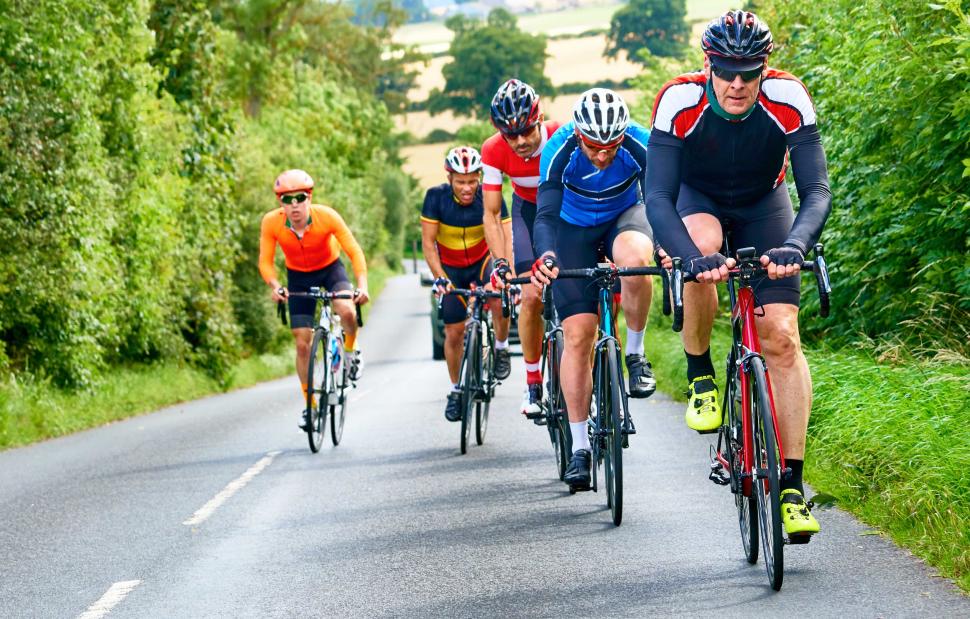 Bath Beast sportive
Bath Beast sportiveEverything you need to know about riding in a group — tips for staying safe at peloton speeds
Whether doing a sportive or road race, or cycling with a club or friends, there are times when you’ll likely be riding in a group, so here’s how to do it safely, enjoyably, and efficiently.
Riding in a coordinated and synchronised group offers the advantage of a shared workload with the slipstream effect helping to reduce drag, so you can ride faster for a given level of effort. It can also be a very sociable way to ride your bike.
Riding in a group can be daunting at first, but with experience and a few pointers, it can become a lot less scary. There’s a skill to getting it right, but it’s one that’s easily learnt. Here’s what you need to know…
Since this feature was first written, loads of road.cc readers have added tips in the comment section below. We’ve added our favourites to the article.
Turn up on time
First things first... Don’t be that rider – the one who’s always five minutes late. Other people have lives to live as well, you know!
If you aren’t there on time, don’t be surprised if everyone else has left without you.
Don’t overlap wheels with the rider in front
This is the golden rule of riding in a group. You want to ride closely behind the rider in front – as close as you safely can for the maximum slipstream benefit – but you don’t want to overlap your front wheel with their rear wheel.
Why not? It can be dangerous. If the rider in front suddenly moves across the road, your wheels could collide, or you’ll need to swerve. The likely outcome is a crash that could take out not only you but the riders behind too.
Touching wheels is one of the most common causes of crashes at every level from the pro peloton down, so hang back just a touch to avoid overlapping.
road.cc reader horrovac says, “A chap two riders in front of me, a habitual overlapper and not really a good group rider, hooked his spoke on the QR of the bloke in front of him dodging a hole, broke several spokes and went over the bars as his front wheel locked up. The chaps in front of me went left and right of him and braked, leaving me nowhere to go but over him. Luckily, the bike was fine, and I merely cracked a rib or something and could complete the ride.”
Hardcore!
Hold your line
When you’re in a group, you need to ride predictably and in a consistent manner. It’s important to consider the safety of the cyclists around you and avoid any erratic or unpredictable movements.
Hold your line and avoid sudden side-to-side movements. You might need to change direction to avoid an upcoming hazard, of course – a parked car or a pothole – which is why you should look well ahead and move smoothly after communicating your intentions to the rider behind with a hand signal or verbal warning.
If you need to move out of the pace line for any reason – such as a mechanical issue – make sure you indicate this to the person behind before changing direction.
Keep a steady speed
Maintain a consistent distance from the rider in front rather than drifting backwards and then increasing your speed to catch up.
Letting gaps appear is inefficient, and closing them down can take a lot of energy. Plus, it has a knock-on effect throughout the group, disrupting everyone else’s pace and rhythm.
“Keep pedalling to maintain a constant smooth speed as it’s annoying to try and hold someone’s wheel who sprints and coasts,” says sooper6 on the road.cc forum.
“In bigger groups, smooth riding and warnings are even more important. When riding at the back of a group, keep one eye on the riders a bit further ahead. What starts with someone coasting at the front can quickly end in heavy braking at the back of the group.”
No sudden braking!
Slamming on the anchors can be dangerous in a group because the cyclist behind might not be able to react quickly enough, causing them to crash into the back of you. Even if they don’t hit you, they might have to change direction or brake sharply, putting the riders behind them at risk… and so on.
If possible, use air resistance to control your speed. Sit up a little or move into the wind a touch.
If you do need to brake, do it smoothly and predictably. It’s common to indicate you’re slowing for a junction or hazard with either a verbal “slowing” warning or holding up your hand to the cyclists behind you.
Follow a wheel
Most groups ride in a double paceline – two columns of riders, essentially. Unless you’re riding on the front, you’ll be following a wheel.
Make sure you’re behind the rear wheel of the cyclist in front, don’t just plonk yourself in the middle of the two columns. That way, you’ll get a better slipstream effect and won’t force the rider next to you off their line.
While you want to avoid overlapping wheels (as previously mentioned), it’s sensible to ride a little to one side – but still behind – the wheel in front. That way, if the rider in front slows suddenly, you can move to one side rather than colliding with their rear wheel.
If you’ve ever ridden on the velodrome, you might have been taught to ride slightly to the right side of the wheel in front, so if they crash you can pull up the banking and avoid them. The same principle can apply on the road.
If you’re new to riding in a group, it can be a good idea to ride at the back for the first time, allowing you to watch and learn from the way the group moves along the road.
Communicate hazards
When you’re closely following the wheel in front, your view of the road ahead is obscured, so do your bit for the group by warning riders behind about upcoming hazards, such as potholes and raised/sunken drain covers, as early as possible.
You can either shout or simply use your hand, pointing towards the ground on the side of the road they need to know about.
Common calls include “hole”, “car up”, “car back”, “slowing”, “left”, and “right”. The more obvious, the better.
There are all sorts of hand signals you can employ for different hazards, from simply pointing to a hole, to warning of parked cars by placing your hand behind your back and pointing in the direction you intend to move. Placing your hand out with the palm facing down and making a dog patting gesture tells people they need to slow down for a junction.
> Know your group riding signals and calls
Follow the rules of the road
When riding in a group, and especially when leading a group, make sure you follow the rules of the road to keep everyone safe.
That means obeying traffic lights, give way signs, and so on.
Stay relaxed
Riding close to other cyclists with wheels just a few inches apart can be intimidating and even a little scary at first, but try to chill out as much as possible. That way, you’re less likely to make a mistake or panic. Relax and enjoy the experience of a well-organised group.
Half-wheeling: don’t do it
Half-wheeling is what happens when two cyclists are riding alongside one another, and one of them edges ahead very slightly – maybe by half a wheel, hence the name – making the other one feel like they’re lagging and need to catch up. This forces the pace up and pretty soon everyone is riding flat out. Half-wheeling is bad form.
It sometimes happens unconsciously; the rider doesn’t realise they’re nudging ahead. You can point it out politely… and make sure you’re never the one doing the half-wheeling yourself.
Keep the effort consistent
When it’s your turn at the front, you’ll be setting the pace and the idea in most groups is to keep the effort level of the group as a whole consistent. You’re going to work a little harder at the front because you don’t have the aero benefit of sheltering behind other riders, but the idea isn’t to show how strong you are by driving up the group’s average speed. If you really want to put in a shift, do a longer turn at the front rather than going faster.
On the flip side, if you don’t have the fitness, just do a short turn on the front rather than staying there for ages and slowing the group down.
If you’re on the flat, the speed of the group shouldn’t change depending on who’s at the front. It can be harder to judge the pace on hilly roads, but you’re aiming to keep things steady.
“Unless established as part of a group’s training protocol or approved by all, don't take it upon yourself to increase the pace of the group,” says The_Vermonter on the road.cc forum. “No pro-level contracts are given to the guy who decides to blow the group apart on a Saturday morning cafe ride.
Have the spares you need
Be self-sufficient. If you ride a bike, sooner or later you’re going to need to fix something by the side of the road – that’s part of the deal – so make sure you’re carrying the inner tube, pump, lever, multitool, and whatever else you’re likely to need.
We all get caught out from time to time, but rocking up for a group ride without the basics is just going to annoy people.
Snot rockets
Save ’em for when you’re at the back of the pack and point well away from other people. That's just good manners. We don’t need to go into detail.
Careful when you stand up
When you change from sitting to standing on the bike, your weight shifts and your cadence nearly always drops, so your rear wheel kicks back towards the front wheel of the rider behind.
Avoid this by staying seated as much as possible when riding in a group. There are times when you’re going to need to get out of the saddle, though, in which case you can warn the rider behind and make your movement as smooth as possible, shifting up a gear or two to maintain your speed.
“If you get out the saddle, take your bike with you,” says JohnnyRemo on the road.cc forum.
Mudguards: for the rider behind you
Some groups/clubs make mudguards mandatory to stop riders from getting covered in gunk from the wheel in front. Others are more relaxed. Find out in advance or you could end up being unpopular or even unwelcome.
Carelessness causes carnage!
Martyn_K on the road.cc forum says, “When training the entry-level riders in my club, I summarise group riding as The Three Cs:
- Communication – everyone is responsible for highlighting hazards both ahead and behind (verbally and hand signals).
- Concentration – have a chat by all means, but ensure that you are looking ahead.
- Consideration – no sudden movements or braking.
“As a warning, I also note the negative version too: carelessness causes carnage.”
That's our advice, but if you've got any tips or advice you would add for safely riding in a group don't be shy (we know you won't be) and share them in the comments below.
David worked on the road.cc tech team from 2012-2020. Previously he was editor of Bikemagic.com and before that staff writer at RCUK. He's a seasoned cyclist of all disciplines, from road to mountain biking, touring to cyclo-cross, he only wishes he had time to ride them all. He's mildly competitive, though he'll never admit it, and is a frequent road racer but is too lazy to do really well. He currently resides in the Cotswolds, and you can now find him over on his own YouTube channel David Arthur - Just Ride Bikes.
Latest Comments
- Clem Fandango 0 sec ago
Any piece of "journalism" that includes the phrase "lycra clad/lout" or "as a cyclist myself" within the headline or opening paragraph can...
- Benthic 13 min 36 sec ago
The thing is, motorists' killing grounds are not limited to schools, hospitals and nurseries and their environs.
- Benthic 16 min 20 sec ago
Highway Code rule 237 If you are dazzled by bright sunlight, slow down and if necessary, stop.
- Benthic 18 min 45 sec ago
'Suitable advice' can already be found in the Highway Code.
- Secret_squirrel 1 hour 1 min ago
Im betting these come out of the same factory as the SG and the Grip grab gloves. Identical apart from the Silicon overlay....
- Steve K 1 hour 6 min ago
Oh, and for long rides (100 miles ish) a whole pack of fig rolls and a couple of jam sandwiches normally does my fuelling.
- stonojnr 1 hour 18 min ago
That "old lane" as you call it, is 1) very much open, some misguided cyclists still use it. I used it once, vowed never to again and I block ride...
- Owd Big 'Ead 1 hour 33 min ago
Indeed....
- SaveTheWail 3 hours 35 min ago
"Although other neighbours were outside, nobody else had thought to alert her mum and siblings because there was no car on the drive so they didn’t...
- Tech Noir 4 hours 10 min ago
"Aldi apologised for the blocked bike racks and said "we have spoken with the store to make sure that the cycle bays are clear for use at all times...

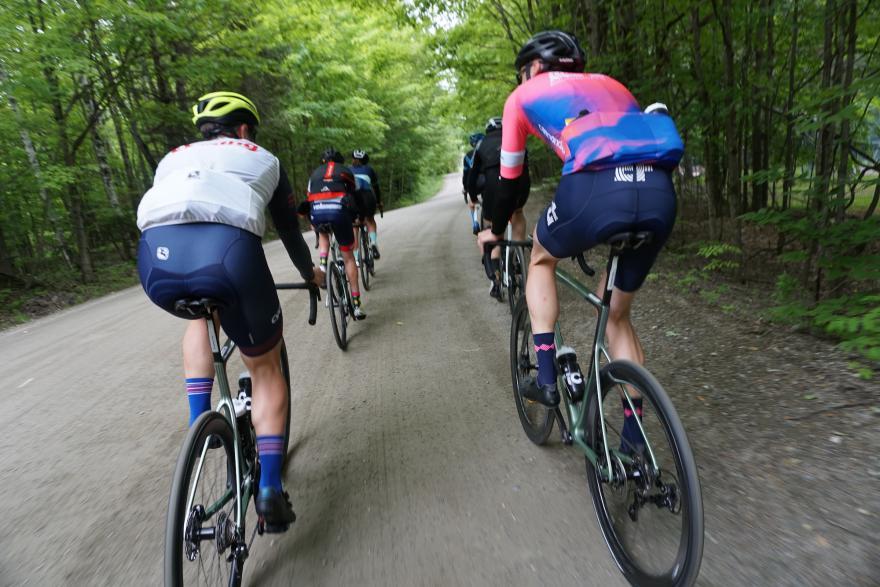
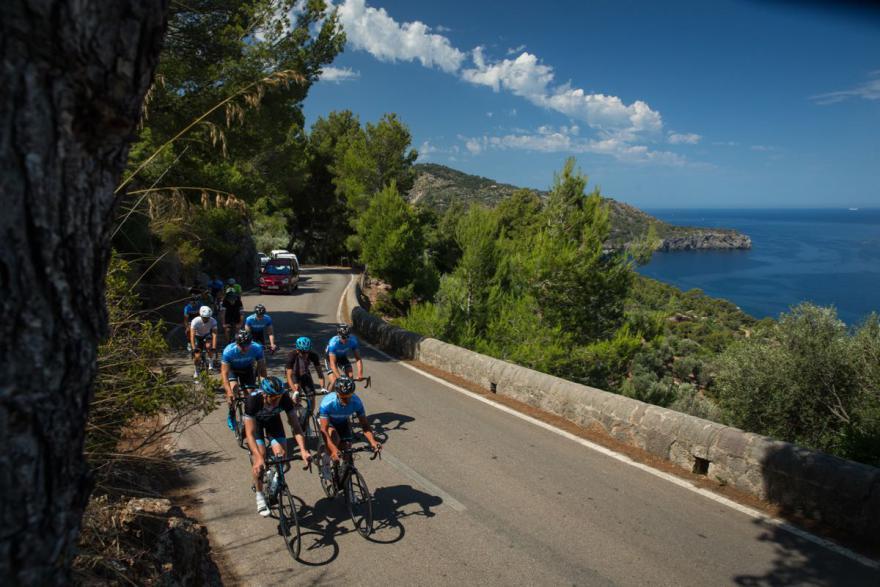
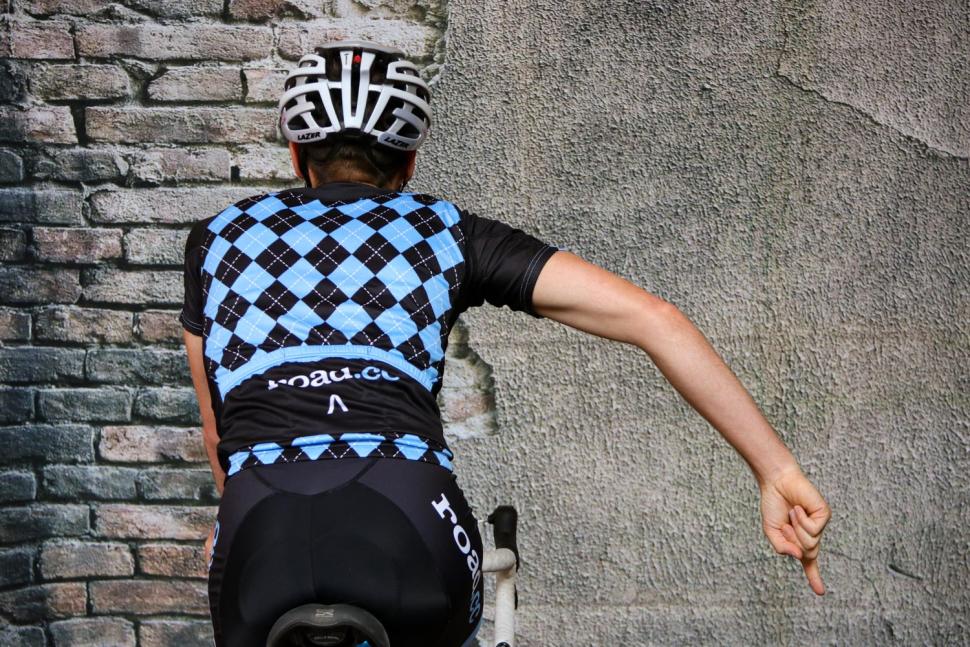

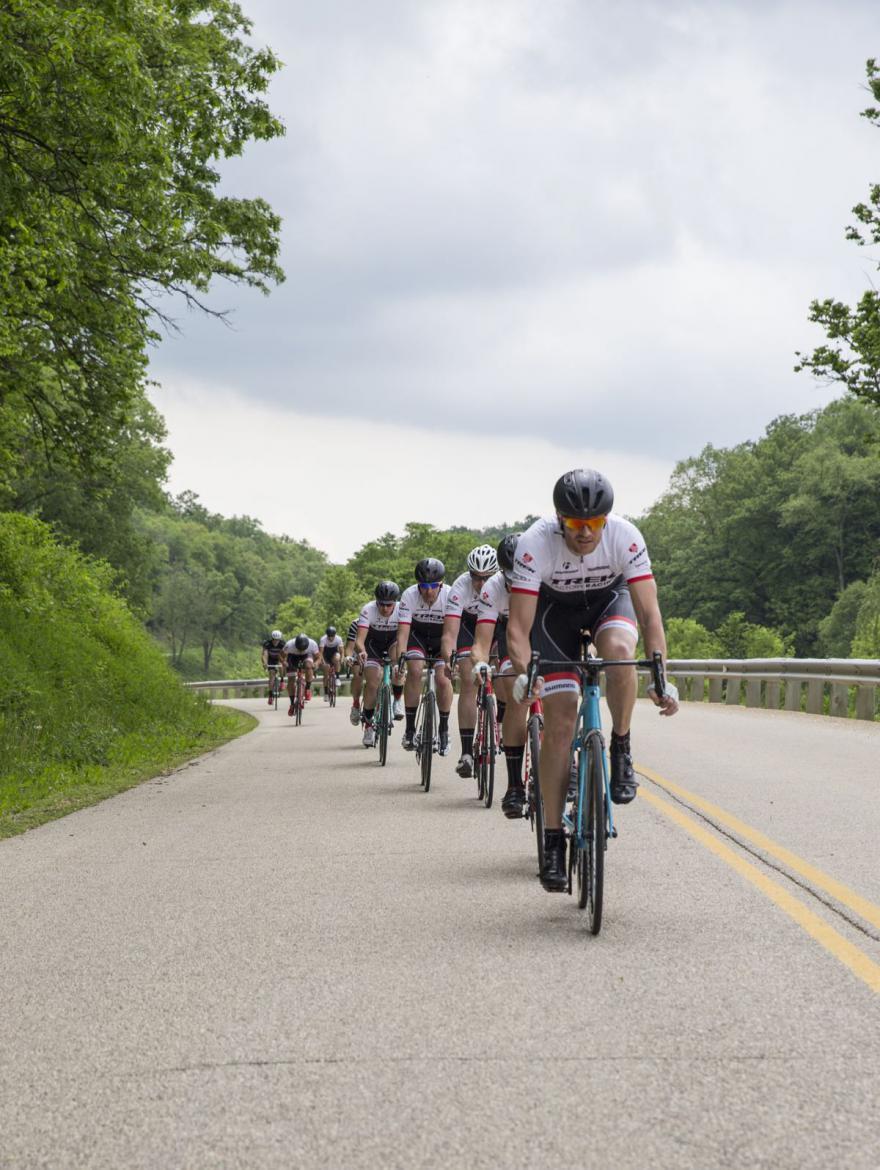
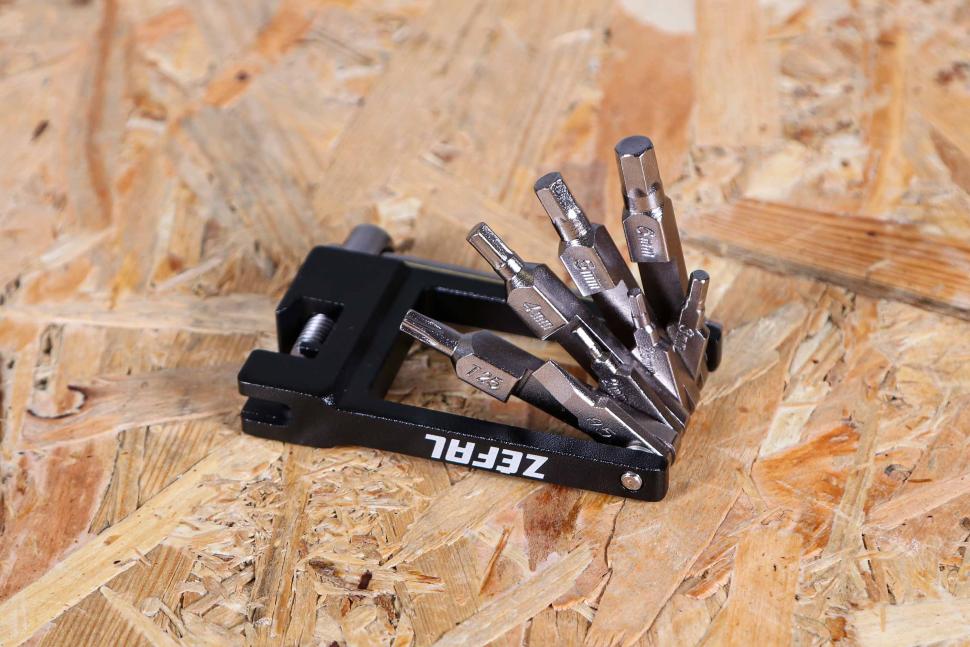

Add new comment
1 comments
We have 5 Cs in our club:
1. Concentration
2. Consistency
3. Collective responsibility
4. Communication
5. Constructive feedback
Seems to work pretty well.